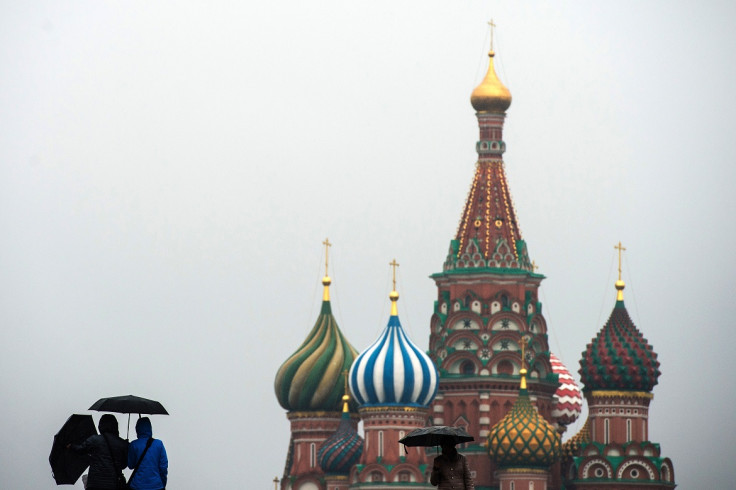Commodities round-up: Oil futures head sideways on Russian production freeze offer
Kremlin's offer falls short of a coordinated crude production cut ahead of Opec meeting.

Oil futures headed sideways on Thursday (24 November), after Russia merely offered to freeze its oil production at current levels, despite pressure from Opec to introduce a real terms cut in output.
At 2:27pm BST, the WTI front month futures contract was up 0.17% or 8 cents to $48.04 per barrel, while Brent was 0.16% or ¢7 higher at $49.03 per barrel after Russian energy minister Alexander Novak said that a production freeze would be "quite a difficult and harsh situation" as the Kremlin's plans "envisioned an output growth next year."
"As President [Vladimir] Putin has said, we are ready to freeze production at the current levels," he added. If carried out, it would imply that Russia would pump 200,000 to 300,000 barrels per day (bpd) less than it had planned for 2017.
Nonetheless, it falls short of the real-terms cut Opec was demanding of Moscow. The cartel for its part could unveil a 1.1m bpd cut at its meeting in Vienna on 30 November. If there is no agreement to cut output, the International Energy Agency (IEA) has warned that oil prices could plummet yet again in 2017.
Analyst at Vienna-based JBC Energy said the upcoming Opec meeting in the city is likely to one of the most intensely prepared in the long history of the organisation.
"With a steady flow of supportive statements, member countries have raised the stakes and put themselves in a position where something needs be delivered. But the background is complex, and rising economic challenges in member states and geopolitical aspects will play a major role along with oil market fundamentals. Very long talks in preparatory meetings may mean there is progress, but could just as likely mean the usual stumbling blocks are being hit."
Away from the oil market, precious metals continue to slide, dragged lower by a cooling in gold prices and the dollar continues to strengthen ahead of the US Federal Reserve's December meeting.
At 3:01pm BST, the Comex gold contract for February delivery was down 0.23% or $2.70 to $1,186.60 an ounce. Nonetheless, physical traders are reporting healthy demand for the yellow metal despite futures price volatility.
Josh Saul, chief executive officer of The Pure Gold Company, said gold has risen 37% this year for sterling buyers, a sizeable profit for savvy early investors.
"Our clients are still concerned with short and long-term uncertainty. They cite inflation projections of 4% next year, banks cutting interest rates, Brexit fallout, the Trump fallout and the instability of Italian banks as reasons to hedge their positions with physical gold.
"As the gold price has corrected, some have taken the opportunity to buy into the dip, thereby reducing the average cost of their gold portfolio. There is some expectation that the gold price could move higher from January."
Elsewhere, in the precious metals sphere, Comex silver for March delivery was down 0.22% or ¢4 to $16.45 an ounce, while spot platinum was 1.16% or $10.82 to $921.13 an ounce.
© Copyright IBTimes 2025. All rights reserved.






















